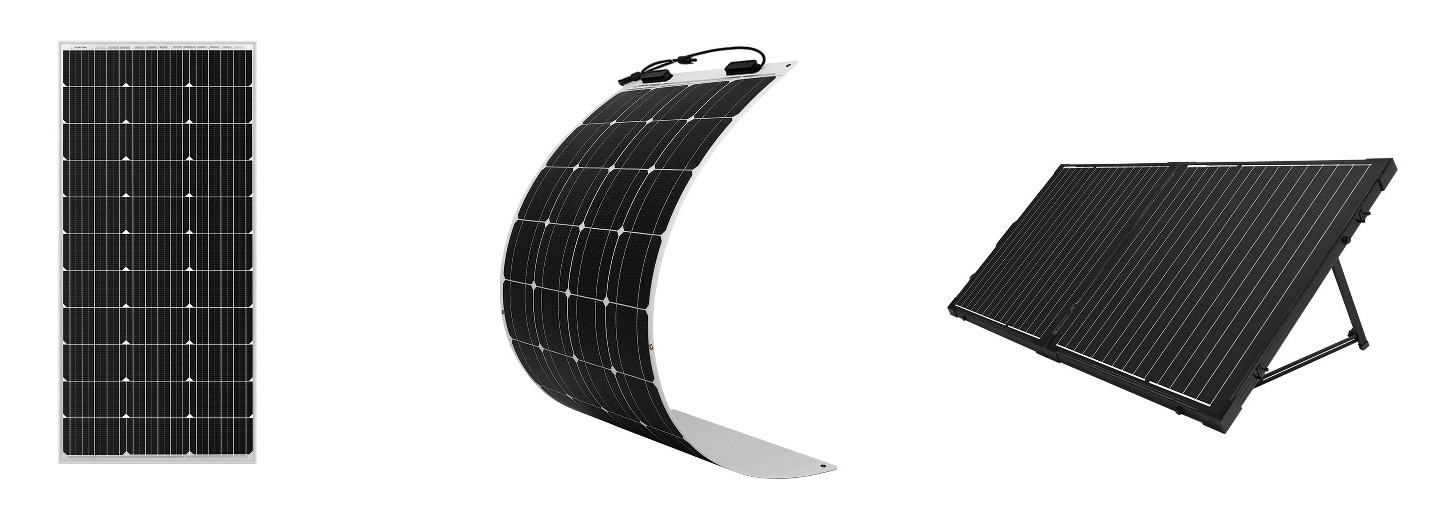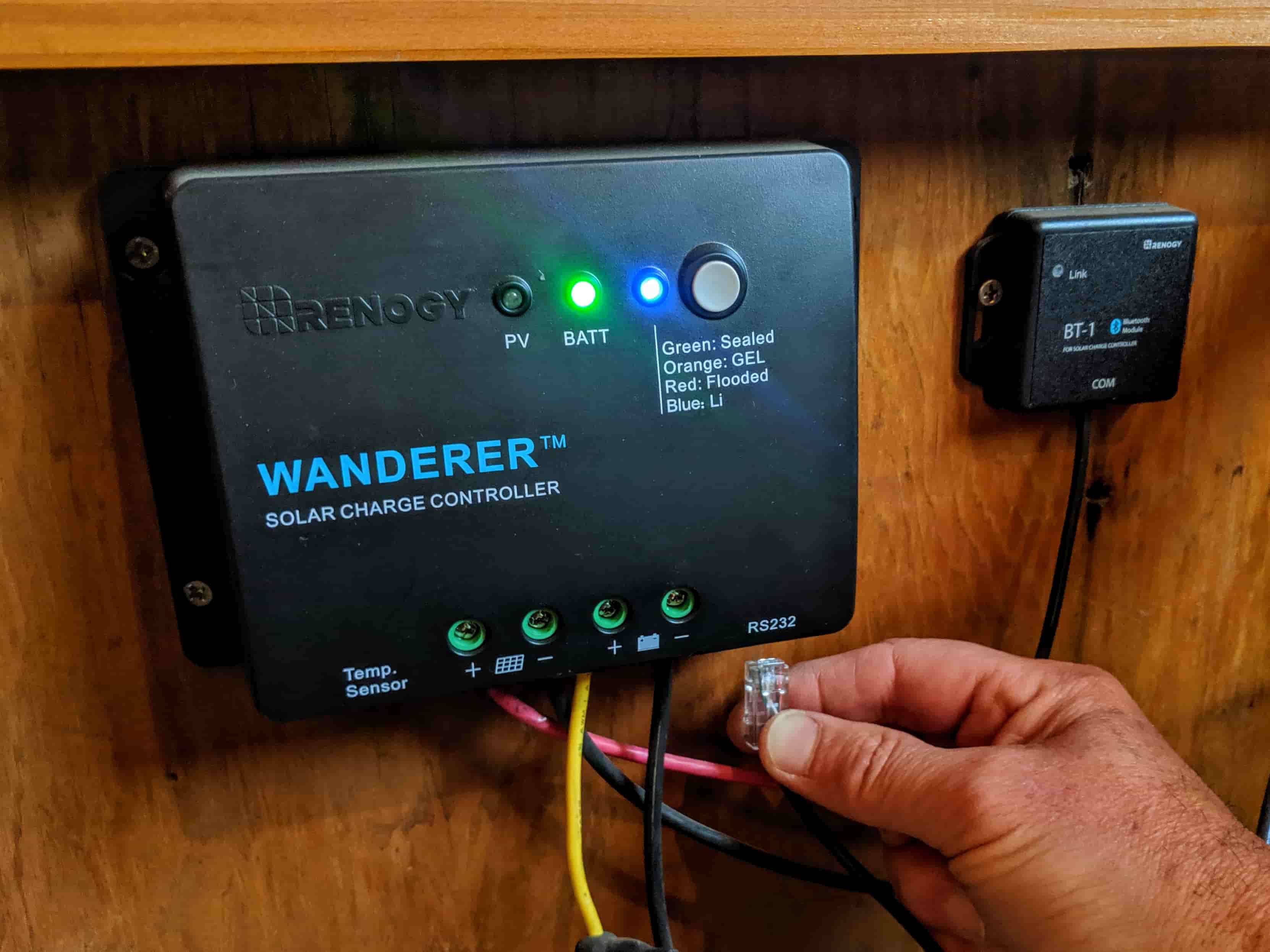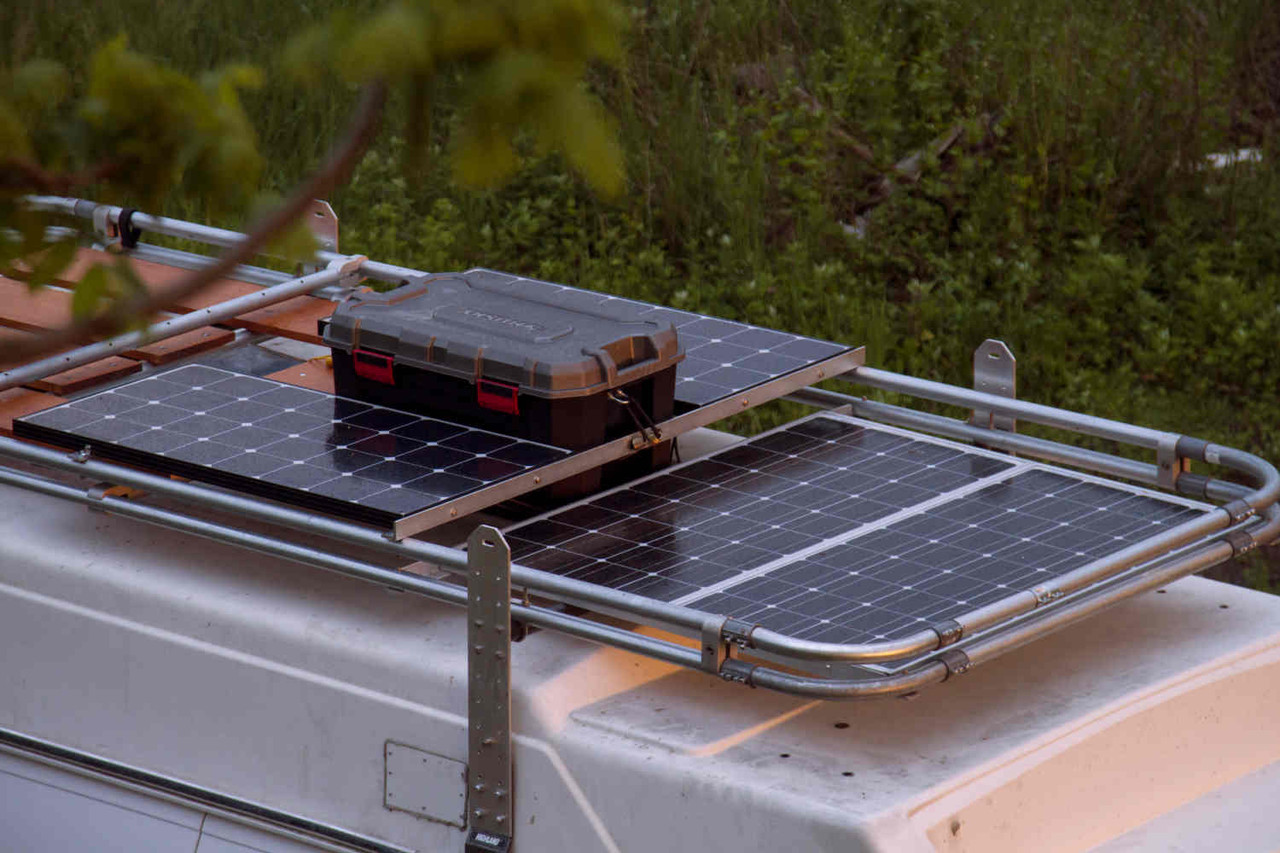How Solar Panels and Solar Energy Have Evolved Over the Past 5 Years
Advancements in solar energy efficiency and widespread adaptation mean solar power is cheaper and more efficient than ever before. About 4% of all energy production in the United States comes from solar power, nearly 80 times as much as a decade ago. It accounts for 54% of all new generating capacity. As a result, the solar industry has set a goal to reach 30% of all energy generation by 2030.
Solar energy evolution has come in the form of new and improved components, government policies and incentives spurring growth, and an increased focus on carbon-free renewable energy sources. Commercial solutions have expanded to include solar thermal power for water heating and concentrating solar power (CSP), but the greatest evolutions have come from residential solar improvements.
How Have Solar Energy Costs Changed Over the Past Few Years?
Solar energy technology has improved at such a rapid pace that costs have dropped precipitously. From 2015 to 2020, the cost per watt of solar power plummeted from $2.24 to $1.25, nearly half the cost. Just ten years ago, the price per watt was a staggering $5.79. Reduction in costs means that solar panels pay for themselves much quicker than ever before, all while reducing dependence on fossil fuels.
Battery storage options for solar installations have substantially decreased in price, with lithium batteries dropping from $384/kWh to $137/kWh on average in the last five years. That’s a 63% drop in price for battery storage options. Homeowners looking to reduce their yearly energy costs have never had a better time to install home solar panel kits and reduce their carbon footprint.
Solar Panels Cost Less
Much of the decrease in price for solar energy comes from lower-priced solar panels. Solar energy evolution has made solar panels much more efficient in harnessing solar radiation and generating electricity. Compared to five years ago, solar panels are:
- Smaller than ever
- Creating more power
- Capable of providing more wattage per dollar
- Better at operating in extreme temperatures and cloudy conditions
For perspective, the first solar cells developed in 1941 had below 1% efficiency. Today, Renogy offers solar panels that convert sunlight at a full 21% efficiency.
Additionally, breakthroughs in design and application have created the ability to use solar panels in configurations never before possible. Flexible solar panels can settle on curved surfaces, portable solar generators allow you to bring renewable power plants with you wherever you go, and net metering lets you sell your excess energy back to your utility company when you’re not using it.

Solar Installations Cheaper Than Ever
Installation costs for solar power have fallen over the last five years, though not at nearly the rate of hardware components. In 2016, the average installation cost for small business and residential purposes was $2.06/Watt and fell to $1.89/Watt in 2021. This includes labor, permits, and inspection and comprises 63% of the cost for most solar power installations.
Those looking to avoid the steep installation costs should consider buying a comprehensive DIY solar kit. Installing a large solar system is generally only advisable for people with significant electrical experience or with the help of trained professionals. While it may be time-consuming, you’ll be able to not only save yourself expensive installation costs but design your system to your exact specifications.
How Has Solar Energy Efficiency Improved?
The sun is a terrific energy source, but it has historically been difficult to harness this power effectively. A variety of new and improved components mean that solar energy efficiency is better than ever before. New methods of creating silicon for the photovoltaic (PV) cells, improved solar charge controller algorithms, and improvements in battery storage technology contribute to a more effective and sustainable energy solution.
New Components
The greatest increase in performance comes from the silicon used to create solar panels themselves. Each solar panel is made up of individual PV cells, which work independently to produce energy. Solar PV cells work by absorbing energy from electromagnetic radiation from the sun: when photons from light hit a solar panel, they release their electrons.
This process creates an electrical current sent to your solar charge controller. The solar charge controller converts this energy into a voltage suitable for your electrical needs and either sends it to a battery bank or uses the energy immediately.
Solar Panel Technology
Solar energy evolution has led to advanced new methods of constructing solar panels, whereas older solar equipment used polycrystalline panels. When making these cells, large quantities of silicon are melted down and poured into the specific shape required for the cell. While this is a cheap method of creating panels, it is much less efficient than current technologies. Polycrystalline panels are distinguishable by their blue appearance.
Modern solar panels like those sold by Renogy use monocrystalline panels. Instead of melting multiple pieces of silicon together, monocrystalline cells are cut individually from a single silicon block. This is a more labor-intensive and expensive process but results in increased wattage per square inch and a panel that works better in various weather conditions. Monocrystalline panels are black and have a sleeker and more modern aesthetic.
Improvements in Solar Panels
The improvements in solar panels mean they are much more efficient at producing power. Polycrystalline panels were typically between 13-16% efficient at converting the sun’s energy into usable power, whereas monocrystalline panels can exceed 20% efficiency.
With more power per square inch, you can scale solar power faster and easier than ever before. You can expect your solar panels to have a long life, too. Most solar panels are rated for a 25-30 year lifecycle.
In addition, newer solar panel models use lighter materials and simplified wiring schematics. This makes it easier than ever for DIYers to install solar energy systems independently without hiring expensive contractors.
Solar Charge Controllers
Solar charge controllers regulate the unreliable voltage from a solar panel. When solar panels produce electricity, they can only create as much as the conditions allow, meaning voltages during cloud cover or indirect light will produce a lower voltage than when the panel is in direct sunlight.
A charge controller converts the energy into a consistent voltage, which is then used to charge your batteries or run your electrical appliances.
When connected to battery storage, a charge controller also protects your batteries from overcharging by using a three-stage process:
Bulk Phase
In the first phase of battery charging, a bulk charge rapidly pushes as much energy as available into your battery bank. This can quickly charge your battery bank from a low state of charge.
Absorption Phase
The absorption phase is designed to protect lead-acid and AGM batteries from overheating during the last 15-20% of charging. The charge controller produces a lower voltage than the bulk phase after your charge state is about 80%.
Float Phase
Designed to keep your batteries resting at full capacity, the float phase of charging balances your solar panel’s energy production with your current energy consumption. This keeps your battery topped off at or around 100%.
Lithium batteries don’t generally require an absorption phase from the charge controller. Before using your solar power system for the first time, ensure that your controller is set to the correct battery type to ensure battery longevity.

Improvements in Solar Charge Controllers
Recent improvements in solar charge controller algorithms can increase the efficiency of your solar panels. Solar charge controllers currently come in two varieties: Maximum Point Power Tracking (MPPT) and Pulse Width Modulation (PWM). MPPT is the newer and more efficient algorithm, while PWM controllers are the older standard.
The difference between MPPT and PWM is how they manage the power produced by solar panels. An MPPT charge controller, as its name suggests, delivers the maximum power from the solar panels to your battery bank. When your solar panels are operating at maximum efficiency, the voltage produced is much higher than a 12V battery can accept. An MPPT controller captures all of this energy and converts it to levels compatible with charging your batteries.
In comparison, a PWM controller is less efficient at harvesting higher voltages. A PWM controller is ‘capped’ at a voltage that efficiently charges your battery. If your solar panels produce higher voltages than your batteries can handle, it is simply wasted. An MPPT controller is considered a smart device since it adjusts its charge profiles in response to changing the input from the panels, whereas a PWM controller can only charge at one speed.
The difference in efficiency from MPPT controllers is up to 30% in ideal conditions. The real-world efficiency increase is often lower since voltages from your panels won’t necessarily always be above a PWM controller’s limit. But over a short period, MPPT chargers will produce enough extra energy to make up for their initial cost.
Battery Storage
Battery storage is becoming an increasingly popular addition to traditional solar power installations. Lithium batteries have dropped 63% in price per kWh, and it’s estimated that nearly 25% of all solar systems will include battery storage by 2025. Adding a battery bank to your system means you can store excess energy during the day to be used at night time, reducing or removing your dependence on the grid.
Battery storage can also be a helpful resource during emergencies. With sufficient battery storage, your home can remain powered during blackouts and power outages. And since your batteries will be charged from solar power, you don’t need to wait until the grid comes back online to recharge.
Policies and Incentives
In the United States, homeowners are eligible for a federal subsidy called the Investment Tax Credit (ITC) when solar power is installed in their homes. The department of energy reports that solar panel installations that are placed in service during the tax year and generate electricity for a home are eligible for a 26% tax credit for 2020 through 2022 and a 22% tax credit for solar systems installed in 2023.
Unlike tax deductions, tax credits are a direct dollar reduction in the amount you owe in taxes. If you install a solar power system that costs $5,000 in 2022, you would owe $1,300 less in taxes to the government for that year.
To be eligible for the ITC, you must own your solar system outright. Leasing a system won’t give you credit. The system must be installed on a primary or second residency, and it must be within the United States. As of right now, the credit expires in 2024, but Congress may extend it further in the future.
Several state and local incentives further decrease the cost of a solar installation. Each state has different inducements, from cash rebates per watt, solar tax exemptions, and even subsidized loans to pay for your system. Research your state’s specific policies and incentive programs to learn how much money you can save.
Additionally, most utility companies will offer incentives for solar systems. If your solar panels produce more energy than is actively used, your utility company may buy the excess energy back from you in the form of credits on your electricity bill, also known as net metering. Other utility companies can offer one-time rebates for your solar installation.
The Next 5 Years
Continuing advances in technology and solar energy efficiency make now a better time than ever to invest in a solar power energy solution. Solar energy evolution means components are cheaper than ever, produce more power, and have a smaller footprint than five years ago. While incentive programs for solar aren’t as high as they used to be, they still offer significant cost savings to homeowners looking to reduce their dependence on fossil fuels and lower their energy costs.
Renogy provides cutting-edge solar technologies at competitive prices to keep up with the evolving industry. Whether you need a DIY solar package, plan to install tiny home solar, or need components such as inverter chargers for your system, we have top-tier components that can suit all of your solar energy production needs. Check out our sales page to see what great products are available at incredible discounts today.
See other related articles at Renogy:
Solar Panels 101: A Beginner's Guide
The Ultimate Guide To DIY Off-Grid Solar Systems
Do solar panels increase home value
how efficient are solar panels
How Many Solar Panels Do I Need








